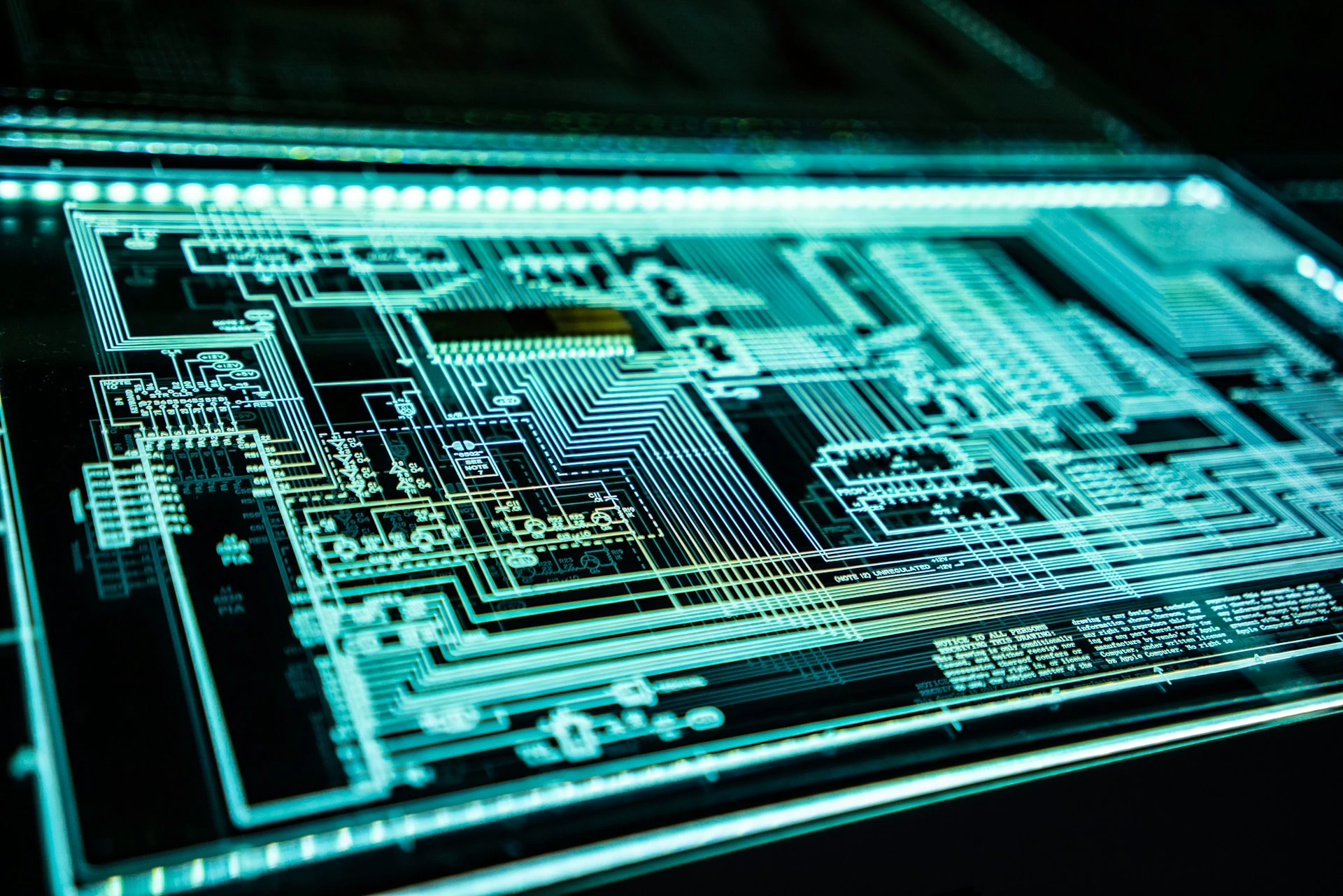It's time to upgrade

Dominique's Change Log
Dominique Graves is an IT Specialist currently focussing on SharePoint Administration. She has a deep history of general System Administration. She puts great value in proactive cyber security, ensuring customer satisfaction, and documenting EVERYTHING. When she's not saving the corporate world with her analytic and design skills, she's working on home improvement projects with her husband, blogging or chasing after their two boys in the beautiful Pacific Northwest.
Have you noticed the upgrade notifications on your Windows 7 workstation or Windows 2008 Server alerting you of the upcoming end of life? And now you're wondering to yourself how this end of life sneaked up on you so quickly. Well you're not alone. 43% of businesses today are still running Windows 7 on their workstations and most likely around the same amount running Windows Server 2008 or 2008 R2. It's no secret, Microsoft told us from the beginning that there would be a 10 year life-cycle on these two products. In 2015 they ended mainstream support and encouraged us to move to the latest desktop OS version by offering a free upgrade to Windows 10 for compatible Windows 7 workstations but that offer ended in July 2016.
What happens if I don't upgrade my devices?
Currently your devices are in the Extended Support bubble. If you don’t upgrade/migrate by January 14, 2020 then your OS is considered Beyond End of Support. This means there will be no security updates released and no paid support available unless you work with your Microsoft partner to purchase Extended Security Updates. Older operating systems are inherently more susceptible to security exploits and without regular security updates your servers and workstations become even more vulnerable, exposing your network environment to a plague of problems.
Where should I start?
For many businesses, upgrading your Windows servers is no small task. One has to consider complexities, infrastructure dependencies, and service downtime. If you’re not already running Windows 2012/2016/2019 servers in your environment then you need to get familiar with them now! Take some training or self-learn with a good book or online resource and download a trial. Do it quickly, make an inventory of what services are running on your servers and then start researching the steps you need to take to upgrade each of them. You’re most likely going to need to upgrade the application that is running on your server as well (i.e. SQL, Exchange, SharePoint). Depending on the size of your server fleet and the size of your IT team, you could have a significant amount of work ahead of you.
Now for Windows 7, this is really going to affect your end users almost as much as it is the IT Admins. Luckily, most of your end users have been running Windows 10 on their shiny new PCs at home so the user adoption won’t be so bad. And even more if you also need to upgrade your aging Office product.
Oh and don’t forget to validate that your hardware can handle the new OS! It might be a better deal to go buy a fleet of new workstations that come with a Windows 10 license or a rack of new servers with an OEM license. Or better yet, host your servers on a cloud platform such as Azure. Make sure you talk to your CIO or Virtual CIO to plan accordingly.
Bottom Line
Avoid the risks and start planning now. Hire help if you need it and upgrade ASAP!
Amoeba Networks will plan an upgrade path for you, procure hardware and software, and deploy all of your Windows and Microsoft product upgrades. Ask about Office 365 options, Azure hosting -- or switch everything to Google! Amoeba does it all! Email support@amoebanetworks.com to get started.
Resources:
Prepare for Windows Server 2008 end of support



